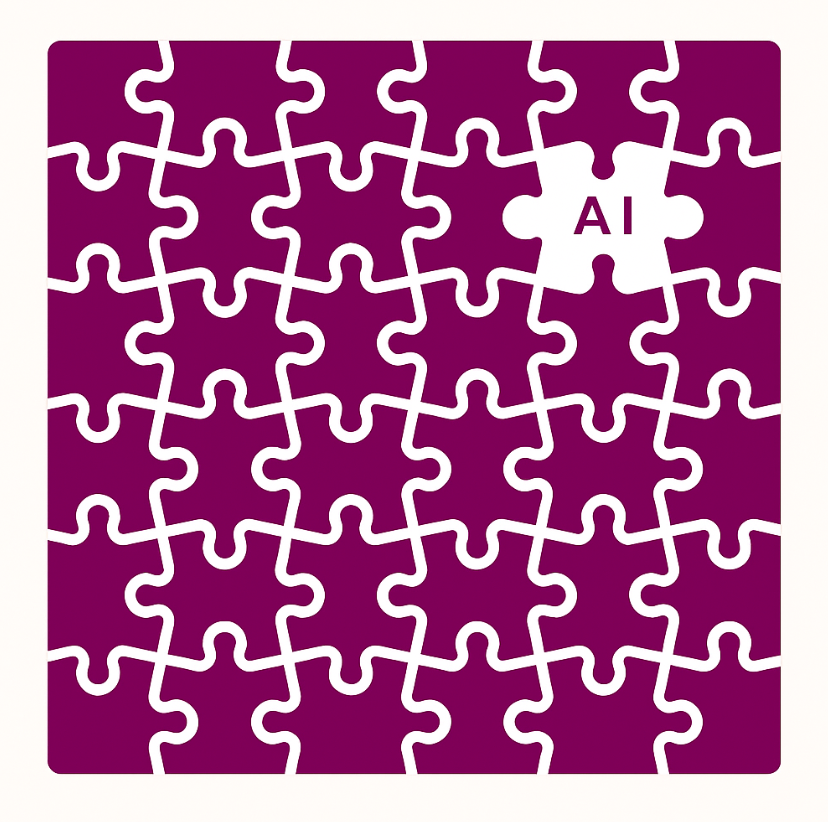Highlights from EnrolyCon’25
In a lively and thought-provoking closing session at EnrolyCon’25, Cato Rolea from Ecctis took to the stage to explore one of the most talked-about trends in education technology: the rise of AI agents.
Combining sharp humour, Matrix references, and live demos, Cato unpacked how autonomous AI systems are already reshaping the landscape of international student recruitment, compliance, and verification.
A shift in agency
Opening with a nod to The Matrix, Cato coined the term Neo-Recruitment to describe the evolving role of agents - both human and artificial - in international education. As he explained, “We’re seeing a fundamental shift not only in who the ‘agents’ are but in how they operate.” AI agents, he noted, are no longer hypothetical. They’re being deployed to complete real-world tasks - from filling out applications to scheduling interviews, without human intervention.
AI in action: From proctoring to applying
Cato showcased real examples, including how Duolingo uses AI in its English test verification. Their system biometrically compares test-takers not only to their ID documents but also to a global database of other users. While AI handles the bulk of the matching, human proctors are still essential to make the final call, underscoring the importance of human oversight in AI processes.
Another powerful scenario involves deploying advanced AI agents (such as those built on OpenAI’s Operator-style model) to automate large-scale tasks. Given a well-defined prompt, such a system can read documents, browse websites, extract information, and, in theory, within a relatively short timeframe, even draft or simulate applications for every university program across an entire country.
The potential impact? Dramatic scalability in student recruitment and admissions, likely fueling a competitive push among agents and institutions to rapidly adopt these AI-driven workflows.
AI interviews vs. AI interviewees
Perhaps the most intriguing (and slightly unsettling) insight was Cato’s scenario. For instance, an edtech company might deploy an AI interviewer to pre-screen students, only to discover that students respond by using their own AI agents. “Whether through text or voice, this quickly turns into a conversation purely between AI systems”, Cato noted. In such a scenario, what happens to human agency?
This situation, already emergent in job recruitment contexts, prompts critical questions in international education recruitment practices: How do we maintain authenticity, trust, and meaningful human judgment when AI increasingly dominates both sides of the conversation?
A call from your AI compliance officer
In a moment that blended comedy and dystopia, Cato live-demoed an AI compliance agent - a voice bot that could call students, adapt to their accent, and even engage in a semi-humorous dialogue about missed visa meetings. The tech was built in under five minutes and cost just pence per minute to run.
It was impressive. It was unsettling. It was real.
Key takeaways
Cato wrapped up with a powerful message: while AI agents offer unprecedented potential, they also introduce serious risks. Without proper governance, data integrity, and human oversight, institutions could face everything from compliance issues to reputational damage.
“This technology is accessible to everyone - but not everyone uses it the right way.”
As international education evolves, Cato urged attendees to stay curious, stay cautious, and most importantly, stay in control.
